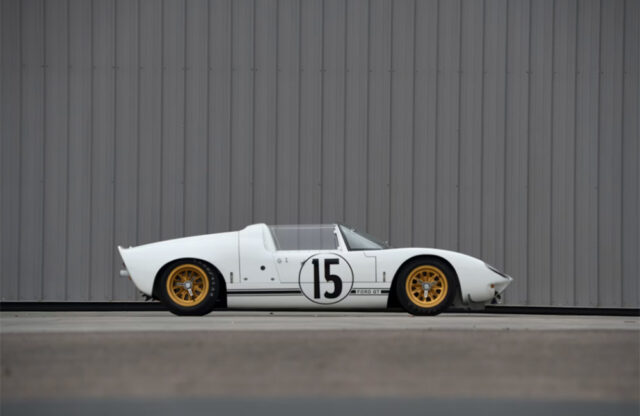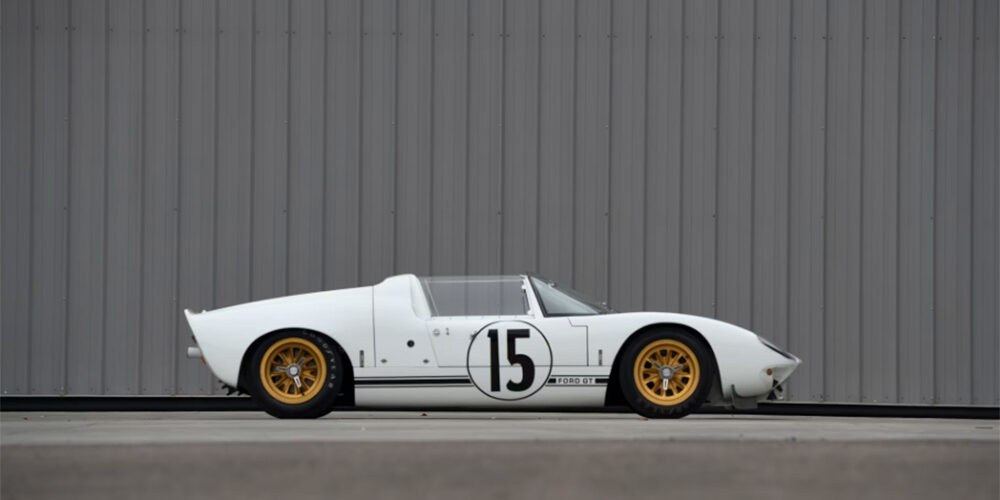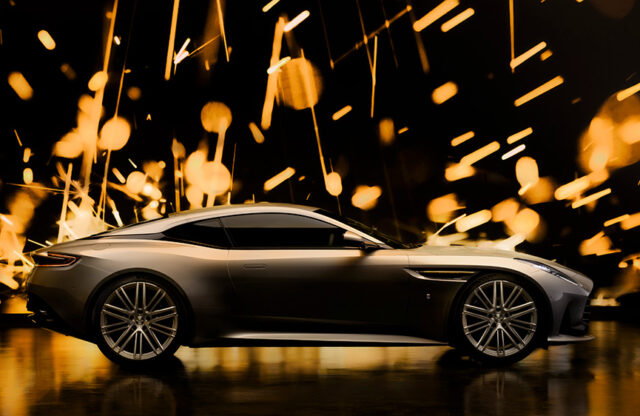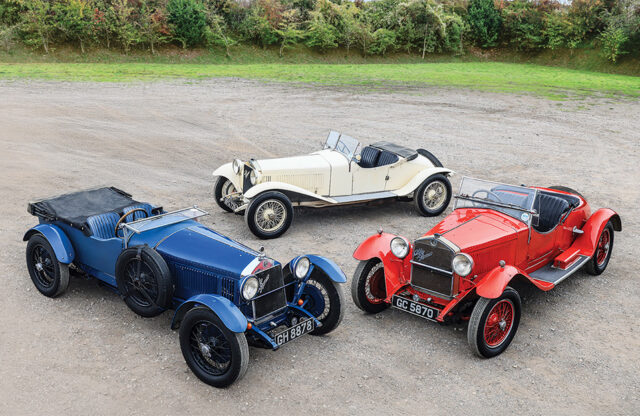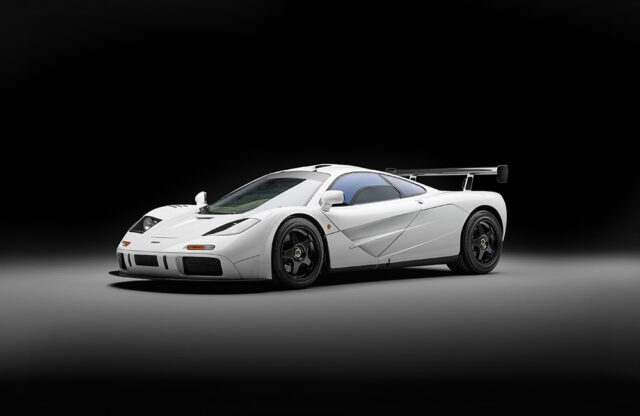Mecum Indy 2025 on May 9-17 is a whopper – with 3000 vehicles crossing the stage at the Indiana State Fairgrounds, it always brings out truly exceptional gems, muscle car heroes and all sorts of oddities, this year led by the only Ford GT Roadster to race at the Le Mans 24 Hours.
We’ll come to that in a moment – but there are a few trends to be seen. Exotics had a tough time at Mecum’s Arizona sale at the start of the year, and big-ticket Enzo-era Ferraris are notable by their absence. Instead, there’s a host of rare-breed hypercars from the past 20 years, and a plethora of Ford GTs. Below are 15 of our favourite lots – including some oddballs. What do you have your eye on?

First to arguably the star lot of Mecum Indy 2025 – the 1965 Ford GT/109 Competition Prototype Roadster. Chassis GT109 is one of 12 prototypes built by Ford between January 1964 and April 1965, one of five Roadsters and one of just two remaining today. Maurice Trintignant and Guy Ligier were the scheduled pilots, but the gearbox broke after 11 laps.
The Ford was later used as a development car for the J-Car project, Kar Kraft’s automatic gearbox and the four-cam Indianapolis engine, plus other experimental work. It was later owned by Hollywood stuntman Dean Jeffries, who kept it until the 1990s, having changed the Indy engine for a Shelby 289ci engine. Under Dana Mecum’s ownership, it was restored to Le Mans configuration and won second in class at the 2016 Pebble Beach Concours d’Elegance. No estimate has been released.
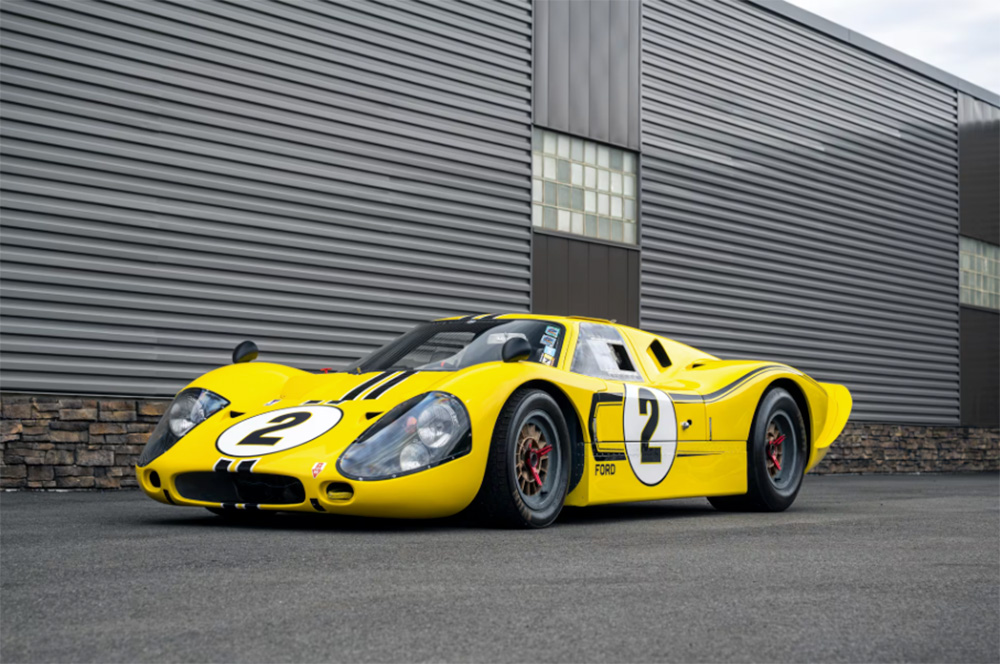
On the subject of the J-Car… this 1967 Kar Kraft GT40 MkIV is one of seven Continuation cars built to the specifications of the originals by one of the original Holman-Moody fabricators who worked on the cars in period. Finished in the early 2010s by Cobra Automotive, the chassis was brought to Le Mans as a back-up car for J-14, but did not compete. The body was built using the original mould with carbon-kevlar panels, and it has a 427ci tunnel-port V8 engine with aluminium cylinder heads and a dyno tested 600bhp. It’s estimated at $750k-$950k.
Other Ford GT cars include a 230-mile 2020 GT Carbon Series, a 137-mile 2022 GT, a 2021 GT with a one-off livery inspired by prototype GT/105, a 2022 GT MkII with a livery inspired by GT/106, a 2005 GT ($425k-$475k) and the last pre-production 2005 Ford GT with several prototype parts, with all profits from the sale to benefit Curing Kids Cancer.
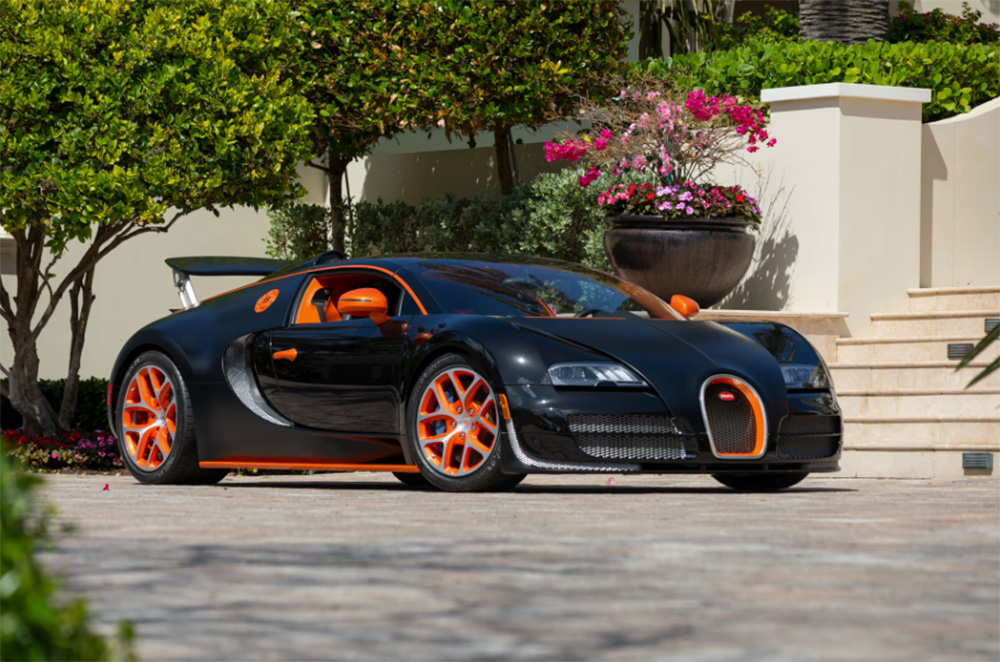
Offered from the Dave Frecka Collection, this 2015 Bugatti Veyron Grand Sport Vitesse is one of just 150 built, and is believed to be one of the last Grand Sports brought to the US. It’s covered 2280 miles.
Other hypercars (other than the McLarens below) include a 2014 Ferrari LaFerrari, two Ferrari SF90 Assetto Fioranos, a Ferrari 296 GTB and GTS and a Ferrari Roma.
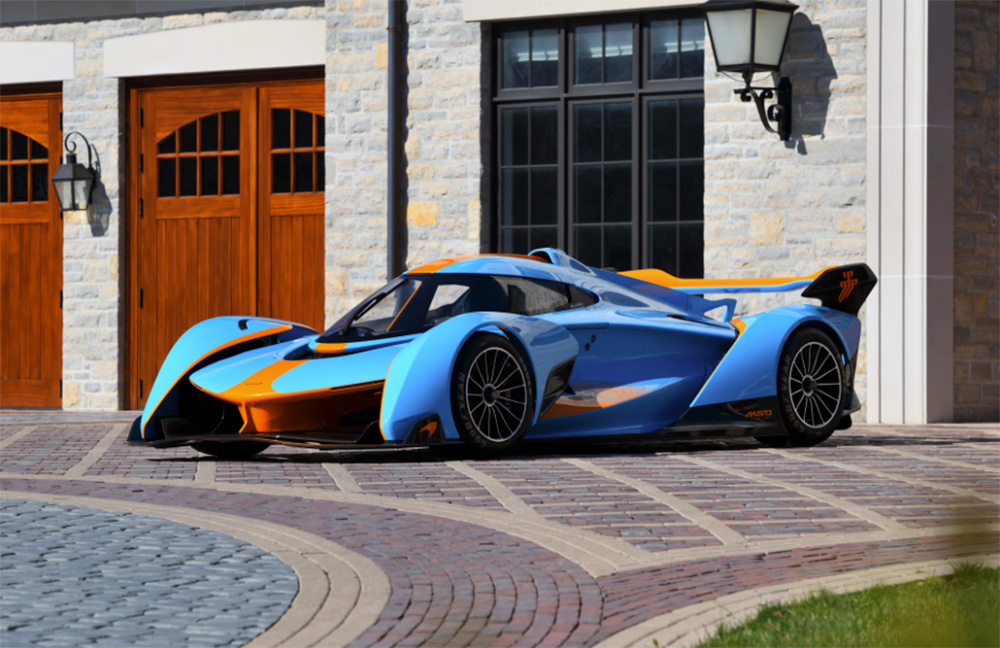
The Dave Frecka Collection includes a number of very special McLarens, including number seven of 15 MSO-built McLaren Sabres, a Speedtail XP3 (one of three with 1K Titanium-infused tinted carbonfibre weave) and the above Solus GT single-seater, one of 25 built with an 858bhp V10.
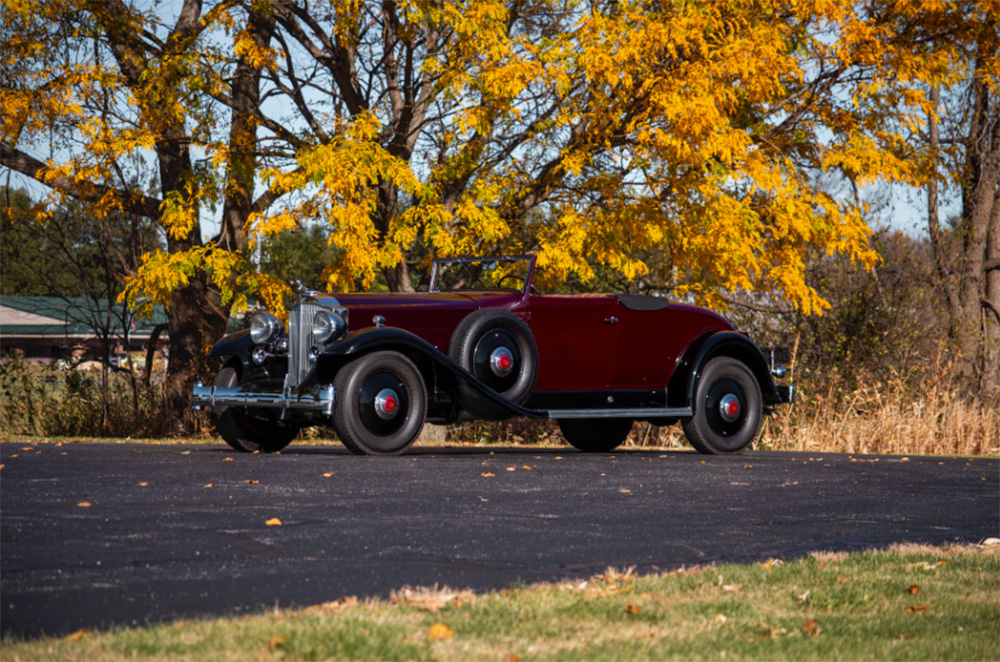
This 1932 Packard 905 Twin Six Coupe Roadster is one of 311 Twin Six cars built on the Series 905, 142in wheelbase chassis. It was acquired in the 1960s by Don Miller of Ludington, Michigan, who restored the car cosmetically and kept it for 50 years. Ten years ago it was acquired by Joe Crea of Cleveland, Ohio, and was cosmetically refurbished. It changed hands again recently, and it now carries an estimate of between $700k and $900k.
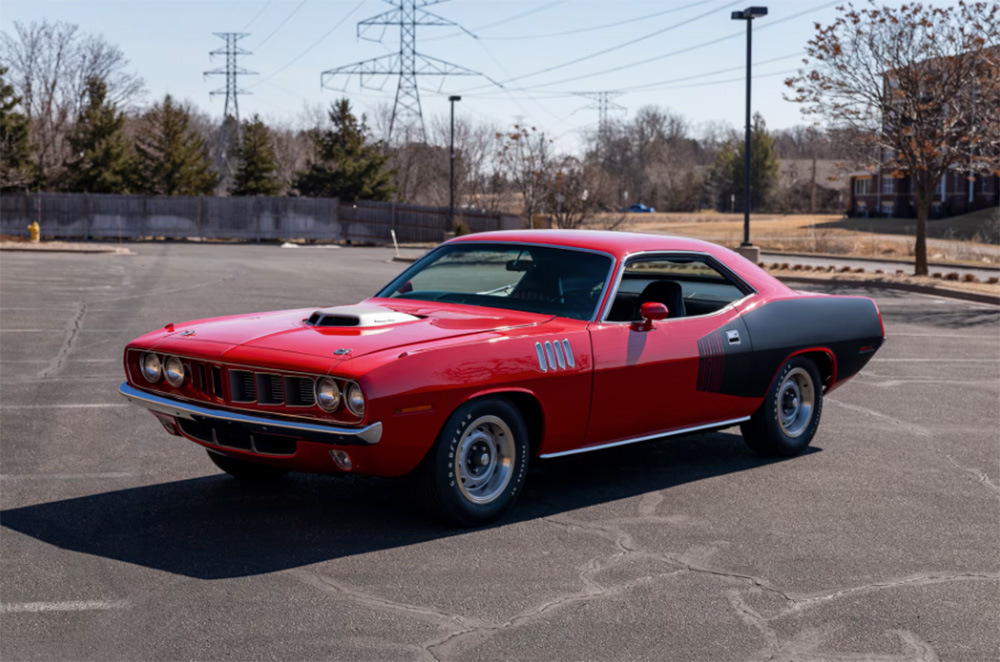
This 1971 Plymouth Hemi Cuda is believed to have been the sole export model delivered to Europe, and driven at prominent Scandinavian racing events at the time. One of 60 built with the pistol-grip shifter and fitted with a 240kph speedometer, it was restored by Lloyd Lind. It retains its matching-numbers 426/425 HP Hemi, and is estimated at between $550k and $650k.
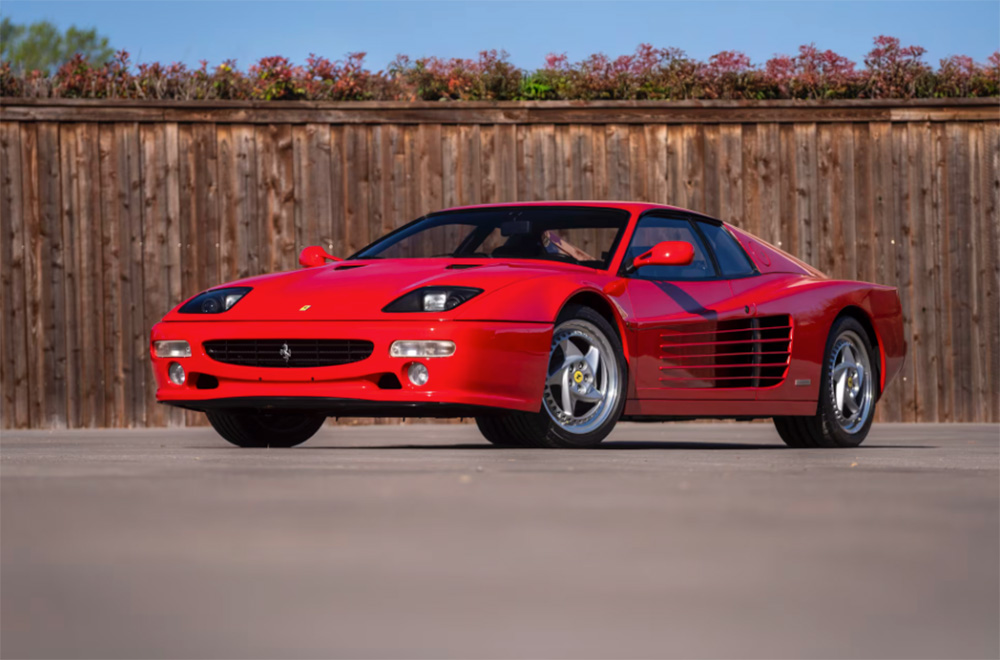
This 1996 F512M is a European-market example, and carries Classiche certification. One of 501 built, it’s estimated at between $600k and $700k.
Other Italian exotic highlights include Ferraris such as a 1979 400GT, a 1986 Testarossa Monospecchio, a 1971 365 GTS/4 Daytona Spider (chassis 14403) and a 1967 275 GTB/4 (chassis 10583). Lamborghinis come in the form of an 893-mile Countach 25th Anniversary from The Apex Collection and a 1969 Miura P400 S (chassis 3919).
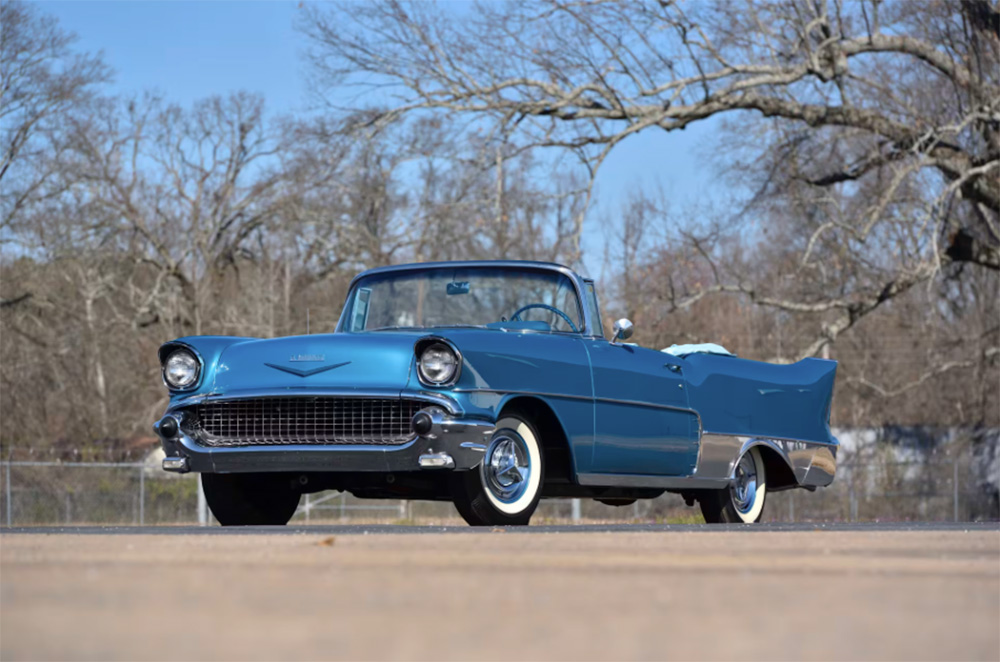
One of the most curious cars at Mecum Indy 2025 is this 1957 Chevrolet El Morocco Convertible. The car was the dream of Canadian textiles businessman Reuben Allender, who loved Cadillacs and thought one priced and sized like a Chevrolet would be a hit. The original car used a 1955 Chevrolet Bel Air, but the El Morocco models – a name said to be inspired by a New York nightclub – would use 1966 Bel Airs as their basis.
The body used glassfibre, and it’s believed only 20 were sold because the price very nearly got you into a Cadillac Coupe DeVille. One of ten cars from 1957 thought to still exist, it was restored by Tel Powney of D’Elegance in Fallbrook, California and has done 78 miles since. It’s estimated at between $175k and $225k.
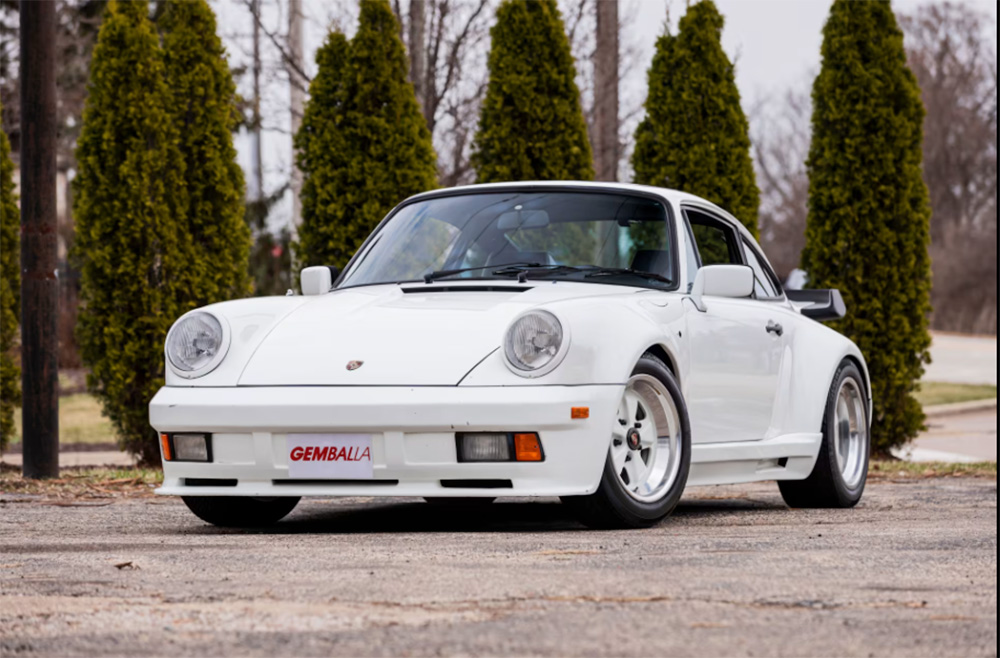
This is the first of nine Gemballa Version IIs, and the only tin-top built – it was used in Gemballa’s period advertising and brochures. The seller was a personal friend of Uwe Gemballa, who asked over dinner in 1980 if his 930 could be the first Version II. The car was stored in Germany as the seller travelled between Europe and the US for business, and was driven across Switzerland, Italy, France, Germany and Austria in search of great driving roads. It came to the States in 1985 via Air France; it is now on 44,524 miles. It’s estimated at between $200k and $250k.
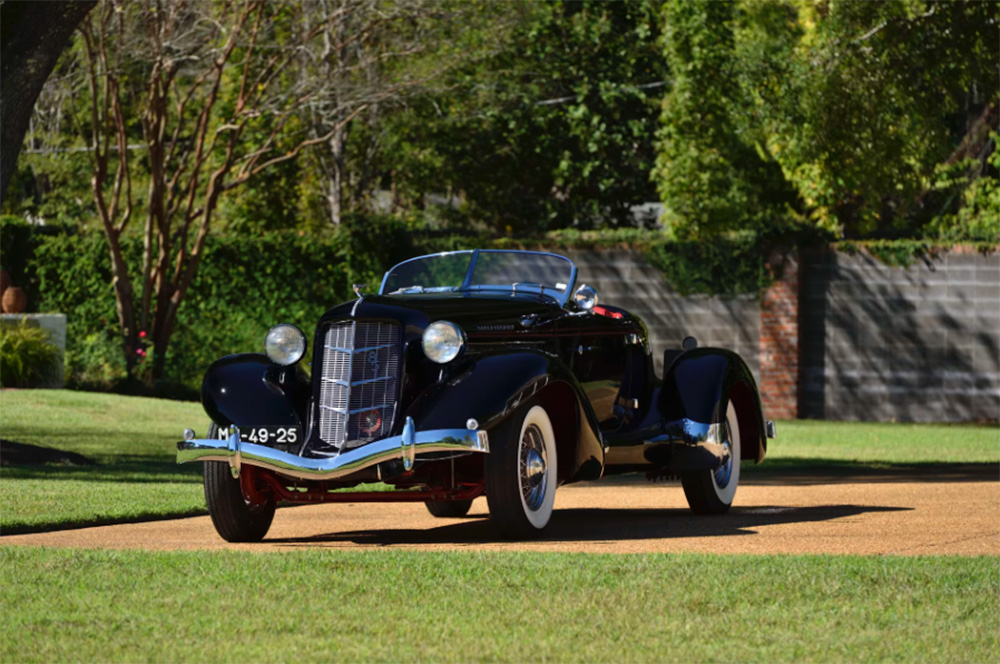
This 1935 Auburn 851SC Boattail Speedster is believed to be an original Auburn show car – during it’s restoration, it was revealed that the chassis was red, a tell-tale sign of a show car. Its known ownership history dates back to 1978, with Eugene Cowles of Lewisville, Texas owning it until 1996. It was then acquired in 1996 by Joao Magalhaes, who imported the car into London and then took it to his home in Marbella, Spain. It was next sold to a Portuguese collector, who kept the car for 20 years. It came to California in 2021, and is estimated at between $600k and $700k.
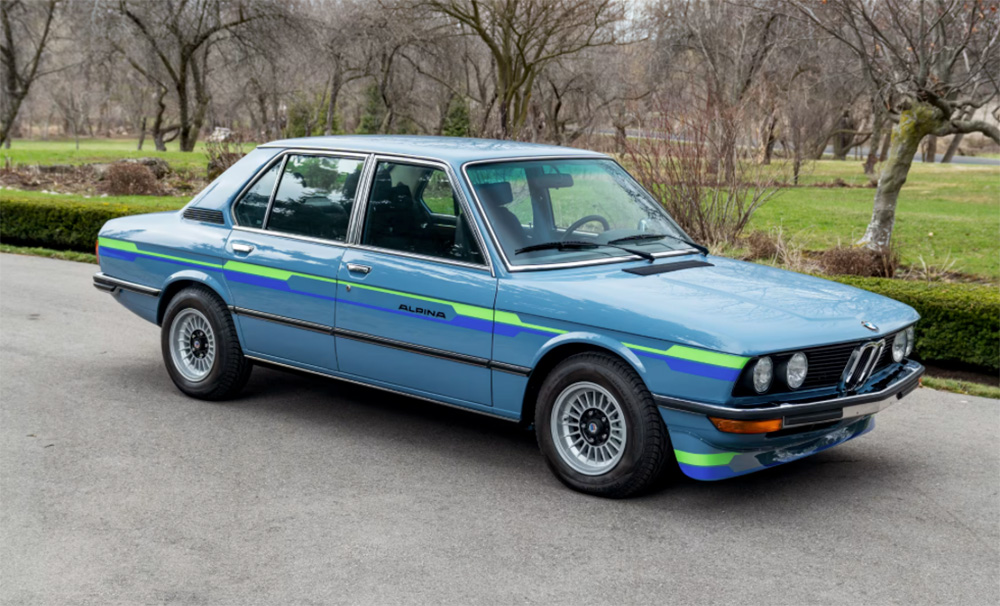
Although the Mecum Indy 2025 sale includes a rare-in-the-US BMW 2002 Turbo, this must be pretty much a unicorn on that side of the Atlantic. It’s a 1976 BMW B2 Alpina. Based on the E12 528, it has an Alpina-fettled 3.0-litre straight-six with three carburettors, and it is one of very few naturally aspirated cars built. It has been treated to a nut-and-bolt restoration, and no estimate has been released at the time of sale.
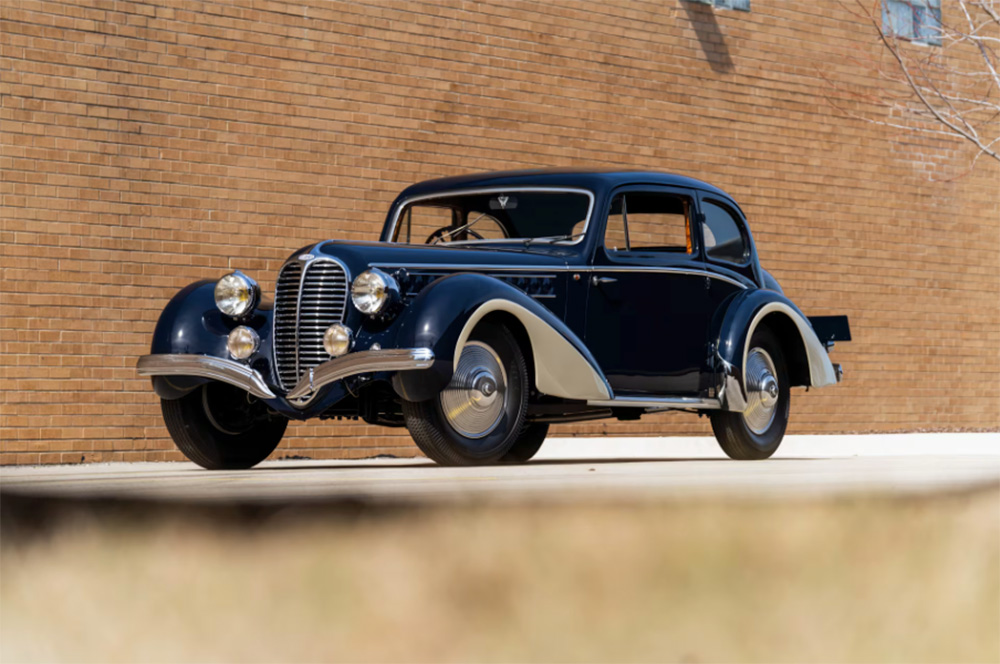
This 1947 Delahaye 135M matches one-off Henri Chapron bodywork with the Competition chassis. Offered from the Ed Schoenthaler Collection, the car was restored with the assistance of Henri Chapron’s widow, who provided factory build sheets to assist in bringing the car back to factory condition. It’s been displayed at the 2006 Pebble Beach Concours d’Elegance and the 2007 Amelia Island Concours d’Elegance, and is estimated at between $275k and $325k.
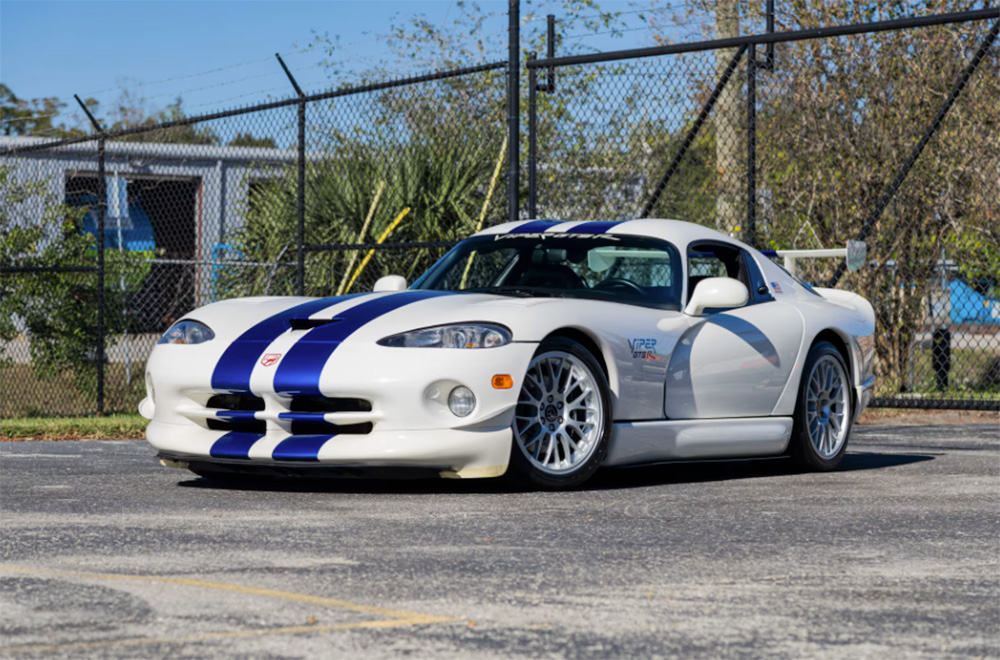
From GT racing of the 1990s and ’00s, here’s a very special version of the Dodge Viper – one of 100 GT2 Champion Editions (colloquially called the GTS-R) built to celebrate the Viper’s 1997 FIA GT Championship GT2 class win. The engine produces 610bhp, and the bodywork apes that of the racing cars.
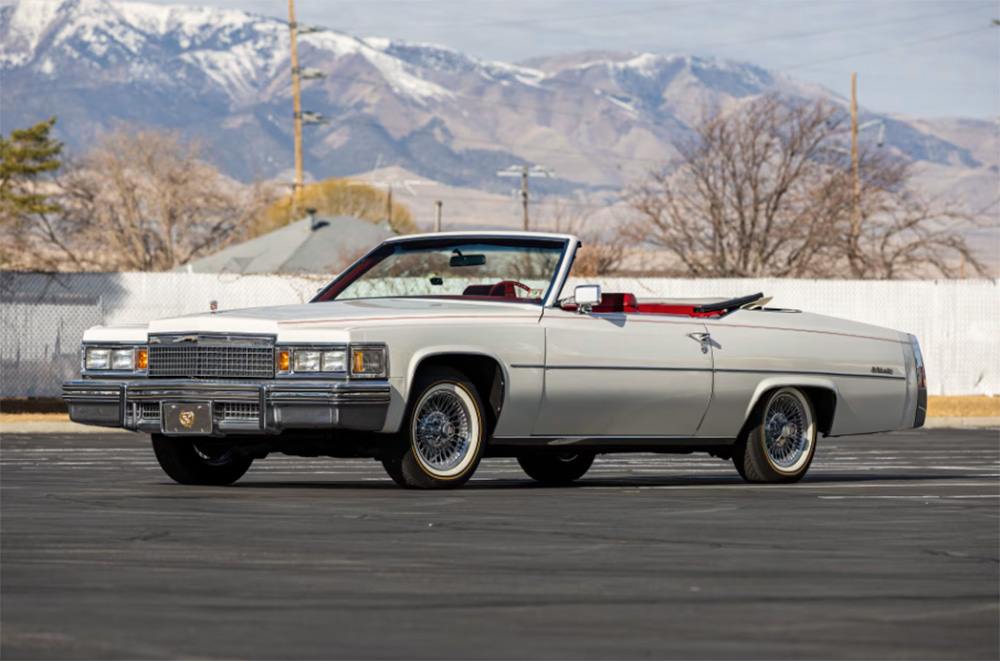
Cadillac didn’t build this era of Coupe DeVille itself – instead, it entrusted coachbuilder Hess and Eisenhardt convert 100 cars, which were then sent back to GM and sold through Cadillac dealers. Purchased in Salt Lake City, it’s been with the current owner since October 2001. It has the original eight-track tape that came with the car, as well as the upgrade Cadillac wire wheels. It’s estimated at between $50k and $75k.

There are plenty of odd things at Mecum Indy 2025, from prototype versions of the fox-body Mustang to a licence-built Batmobile from the 1990s, but we’re rather taken with this 1919 Waterloo Boy Model N. The Waterloo Gasoline Engine Company is believed to be the first company to make and sell petrol-powered farm tractors, and its company founder John Froelich invented the first stable gasoline-powered tractor with forward and reverse gears. He received a number of patents related to tractors and internal-combustion engines. John Deere struggled to make its mark with its own tractors, and ended up buying Waterloo, giving it a head start in the market. The Model N seen here is serial number 16705, and is powered by a water-cooler 465ci flat-two-cylinder engine. It’s estimated at between $90k and $110k.
Further details
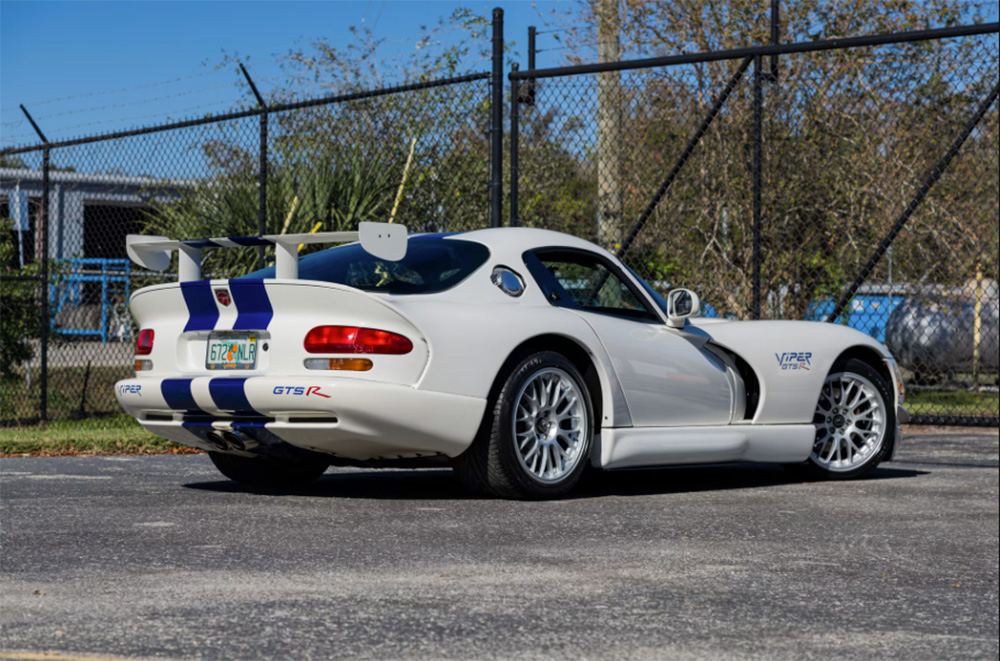
For more details on the May 9-17, 2025 sale, please head here.
